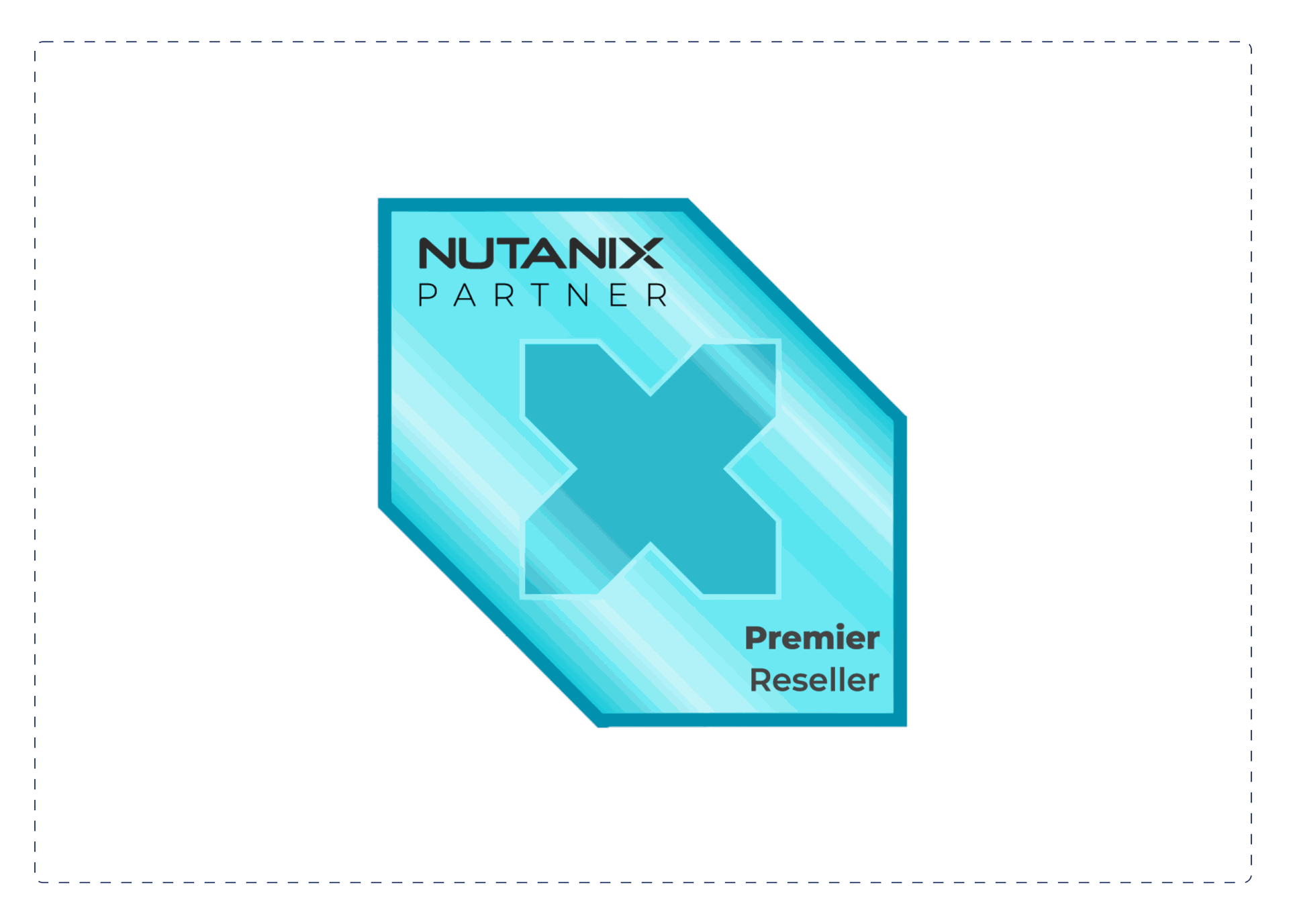We build for resilience, backed by strategy.
With advanced technologies at the core, we build and maintain platforms with a resilience plan that isn't just documented—it's tested, trusted and ready when it counts.
We keep your business
operational, no matter what
System failure or security breach, you need a solid plan to safeguard your data center, control damage and quickly resume business as usual. We help you build that plan with a focus on three areas.

Resilient infrastructure
Set up a robust infrastructure with built-in disaster recovery, minimize downtime and keep critical data and applications accessible.

Ransomware recovery
Build a robust defense strategy to limit data loss and exposure risks during system failures or breaches, and recover data swiftly.

Application availability
Always and anywhere access to business-critical apps, like order, inventory, and financial systems, from any device, any location.
Work with Agisko to build resilient infrastructures.
We provide expert IT2IT support to keep your environment running smoothly.
Our certified professionals ensure optimized system performance and maintain clear project communication.
Nutanix Champion +60 certificates
Rubrik Champion + 20 certificates
Lenovo Champion +20 certificates
VMware Champion +120 certificates
Microsoft Champion +20 certificates
HYCU Champion +20 certificates
Agisko among the first in the world to achieve Premier Reseller status.
Agisko has been recognized globally for its ability to deliver tailored, high-value solutions that focus on customer success rather than purely price-driven strategies.

As one of only two companies worldwide to reach this level, Agisko’s achievement reinforces its global reputation.
Our clients
We're proud to be supporting major brands with their infrastructure resiliency and ransomware recovery strategy.











Prefer watching over reading? Watch the Anticimex case here.
Built to scale: How Anticimex scales without IT overhead
By adopting Nutanix as a Service (NaaS), Anticimex moved from a monolithic setup to a flexible, hybrid-ready infrastructure.
Advanced technologies for maximum resilience.










Prepare for the unexpected
Agisko helps you build robust infrastructure leveraging Nutanix technology and setup a solid disaster recovery plan for quick recovery.
Protect devices and network endpoints from cyber threats.
Create and test disaster recovery plans to ensure business and application continuity.
Leverage hyper-converged infrastructure to improve resilience
Swift and effective recovery
Agisko assists you in recovering from ransomware attacks with advanced data management and recovery solutions from Rubrik.
Safeguard data with automated, immutable backups.
Utilize Rubrik’s platform for instant recovery and ransomware remediation.
Restore data to its original state with minimal downtime.
Find the best service model for your needs.
Get support for your data center and physical infrastructure, and receive advice on security and storage systems.
We support you in a range of areas to keep your business operational no matter what.
Backup and disaster recovery
Hyperconverged infrastructure
Cloud computing
Data center security systems
Data center design and data storage
End-user computing (EUC)